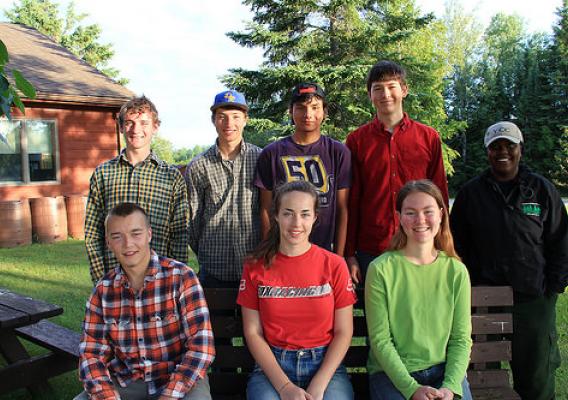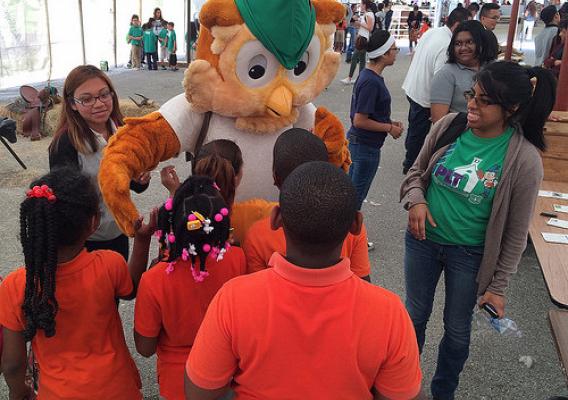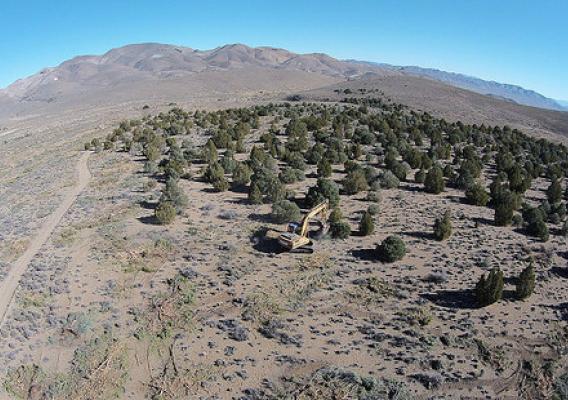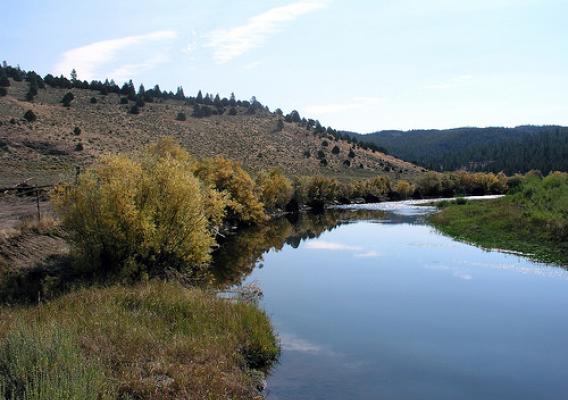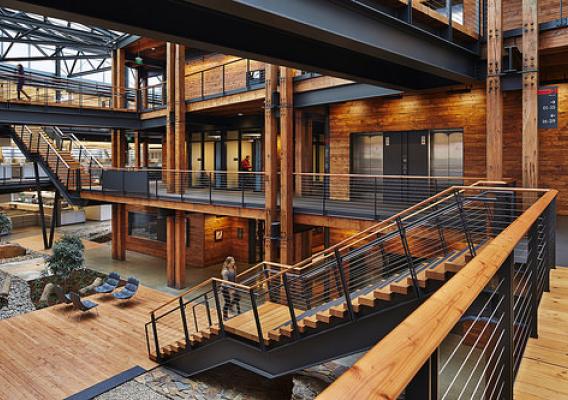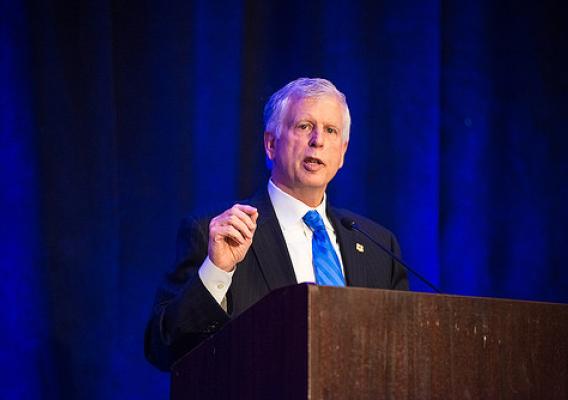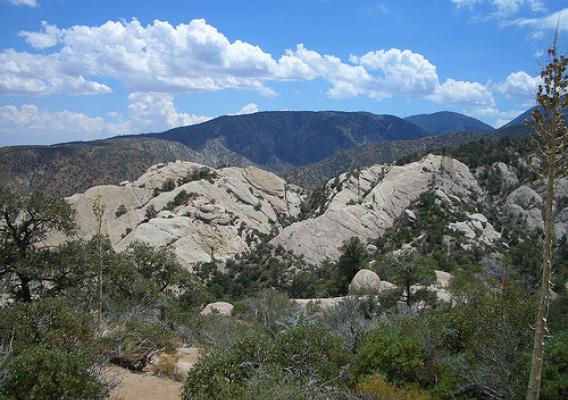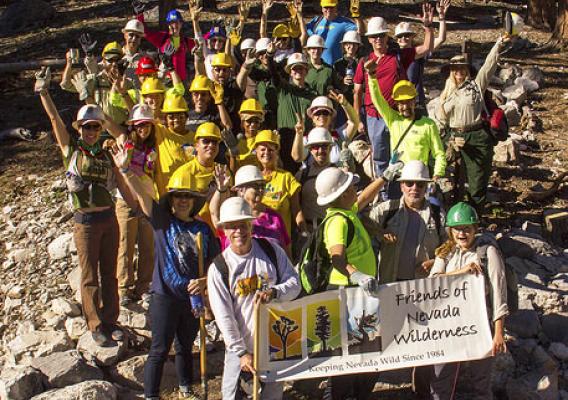(Editor’s note: Luis Cruz is a youth conservation leader with Latino Legacy and PLT GreenSchools!, part of the Houston East End Greenbelt project. These projects are part of an eight-year partnership with the U.S. Forest Service Friends of the National Forests and Grasslands of Texas-Latino Legacy program, which promotes conservation education to diverse audiences in urban schools and communities surrounding national forests. Cruz was part of a group that came to Washington, D.C. to participate in a week-long program designed to connect youth to nature and establish a conservation ethic. The program also develops educational and career pathways in natural resources.)
By Luis Angel Cruz, Senior, Furr High School, GreenSchools! Co-op Green Ambassador Captain and Curriculum Lead, Houston, Texas
Meeting with the Chief and the executive leadership team of the U.S. Forest Service in March was like meeting your all-time favorite super heroes!
We are high school, middle school and college students and educators who are energized and alive with ideas to continue making a difference as part of our working partnership with U.S. Forest Service leaders to promote conservation education to Latino and diverse audiences.

